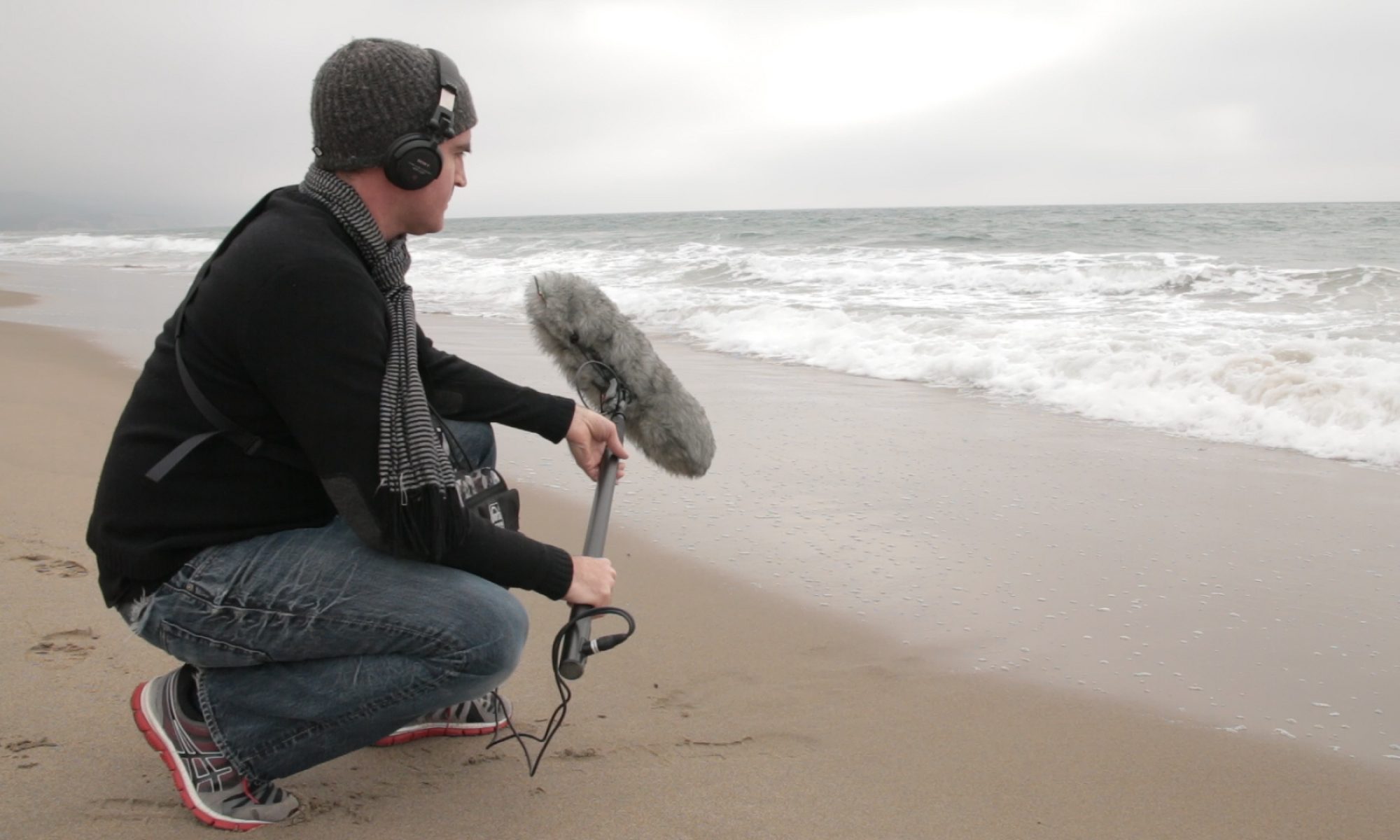As I mentioned in my last post, I make a ton of screen capture videos for my various classes. Over that last few years many of my colleagues have asked about the tools I use and the basic workflow, so I thought I’d take this opportunity to talk about it.
Tools
First, let me say that there are many tools out there, and they range from very simple capture utilities (like the built-in QuickTime Player capture on the Mac) to full-blown video editors (like Avid’s Media Composer or Adobe’s Premiere Pro). I use a very cool application called Screenflow, which falls somewhere in the middle of the complexity/features spectrum. The best thing about Sceenflow is that it handles the capture AND the editing in a single application. It’s amazing as a capture tool, with the ability to capture a computer display, a USB video camera, the computer audio, and a USB microphone all at the same time. It’s not a pro video editor, and it can get very sluggish with HD video footage, but it has all the standard features and enough sophistication to get the job done. Also, it will export directly to a bunch of media hosting services including YouTube and Vimeo.
I don’t generally use a USB video camera for my class videos, but I own and occasionally use a Logitech C615. It can capture Full HD 1080P, and looks pretty amazing as long as the lighting is relatively bright.
My biggest recommendation gear-wise is to invest in a good microphone. I did my first few YouTube videos with a Logitech USB headset, and they sound pretty terrible. (I cringe whenever I go back and listen to them.) But after about a dozen videos like that I worked hard to find something better. I have several setups that I use now, but the best price-to-performance ratio is with dedicated USB “podcast” microphones. My recommendation is to go with something like the Audio-Technica AT2020 USB. This baby costs about $100, which ain’t cheap by “normal people” standards (IE – people who don’t regularly work with $5000 microphones in the studio), but will make a HUGE difference in that quality of your voiceover.
Workflow
OK. So now that we’ve got the gear talk out of the way, let’s talk about workflow. This is definitely a place where you’re going to have to figure out what works for you, but I’m happy to share my workflow. It’s really pretty simple.
- I start by writing down a bulleted list of items that I want to talk about in the video. Note that I do not write out any text that I’m actually going to speak into the microphone. I just have the bullets. I prefer to do this rather than writing out a full script. It takes about one minute assuming I have a course book table of contents or my own lecture slides, etc.
- I set up the software project (for me that’s Pro Tools or similar software) so that I’m not doing silly things like launching applications while the video is recording. Note that I don’t always get it set up perfectly because I don’t know EXACTLY what I’m going to say (see #1 above).
- I begin recording. It’s awkward for about the first minute, but then I usually get into a groove. Because I don’t have a written script I frequently repeat myself until I nail each phrase. I’ll even pause the capture sometimes if I really don’t know what to say next, or if I discover that I need to modify my project because I didn’t anticipate where I was going (see #2 above). I know this sounds tedious, but I’ve performed a completely unscientific study which proved (to me) that it’s much faster than spending an hour writing a script for a 5-minute video.
- I finish the recording. Typically, I’ll have about 20 minutes of video captured.
- I beging editing the video. I like to cut my videos very tight, with no filler and no “umms” and “ahhs.” Hey, people watching can pause and/or rewind if they need to, right? I’d rather give a fast and efficient 5 minutes than a bloated out video that bores people to death.
- I add a title card, zooming effects, and subtitles for sections that need it. This often includes mouse effects and keyboard shortcuts and such which Screenflow can generate automatically.
- I export my video (typically to YouTube) and get the embed link to add to my online course modules.
That’s it. Like I said, this may not be the ideal workflow for everyone. It may make more sense for some people to just record lectures in the classroom. But this is the workflow that I use, and it’s been working pretty well for me. If you want to check out the result feel free to visit my YouTube channel.
